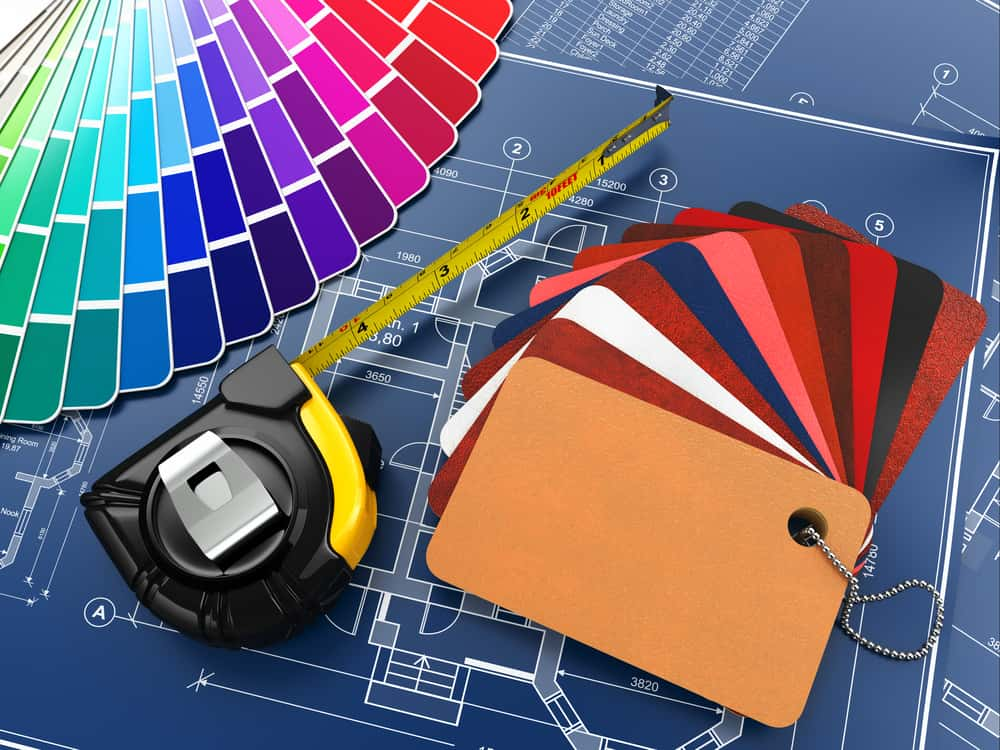You may be ready to renovate some parts of your home or build your dream home. You might’ve contacted a few interior designers or carpenters for the job.
The next step is key – choosing one of them. How do you do that, when all of them have shown you good designs, an unbelievably quick delivery schedule, and other tempting promises?
To help you get a realistic picture, we’ve rounded up the 10 most important questions that you should ask an interior designer or carpenter. This will make sure there are few hidden clauses or costs, and the deal is clear and transparent in front of you.
Interior Design Portfolio
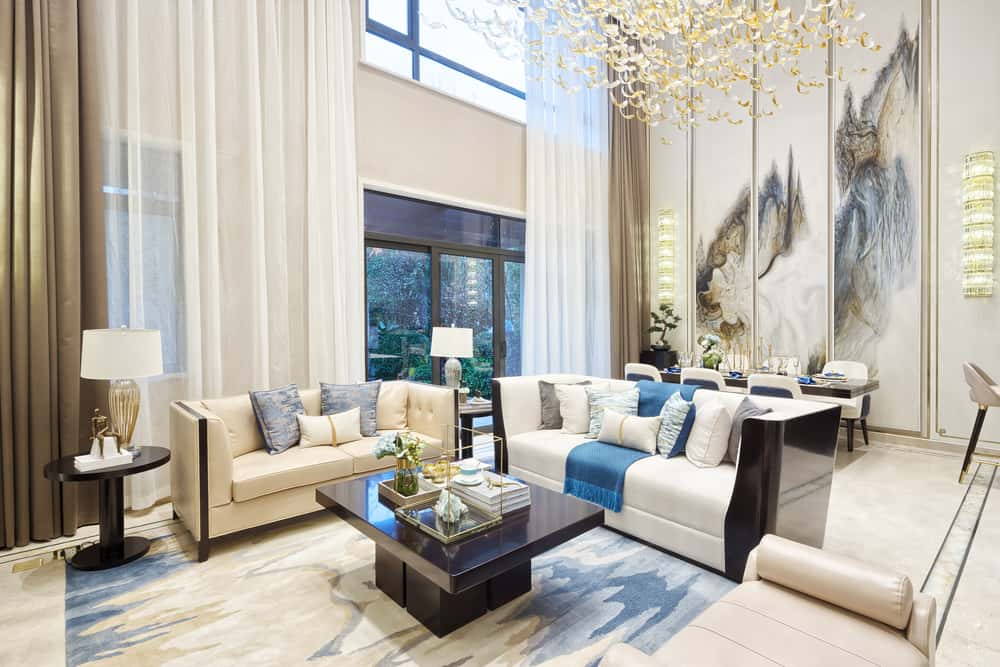
This is the best way to assess the work of an interior designer or carpenter. Ask for a portfolio of past interior designs projects so that you can
- Get a good picture of their aesthetics, choice of furniture, materials, space utilization, and other creative aspects of home design
- Assess their capability to handle projects similar to yours
- Gauge whether they are up to date with the latest technologies (if you want a smart home or use sustainable materials, for instance)
- Gauge whether they keep up with the latest trends, or can work with traditional designs as your need may be, and
- Get access to references whom you can speak to about their work.
If the portfolio is far from the style that you had in mind, it would be best to drop this interior designer or carpenter and move on to the next.
Estimated Delivery Time

Check the delivery time estimate. And whether unforeseen factors like bad weather, material shortages, or sudden labor shortages have been taken into consideration. A realistic team will have looked at all these factors before giving you a delivery schedule.
Scope of Work
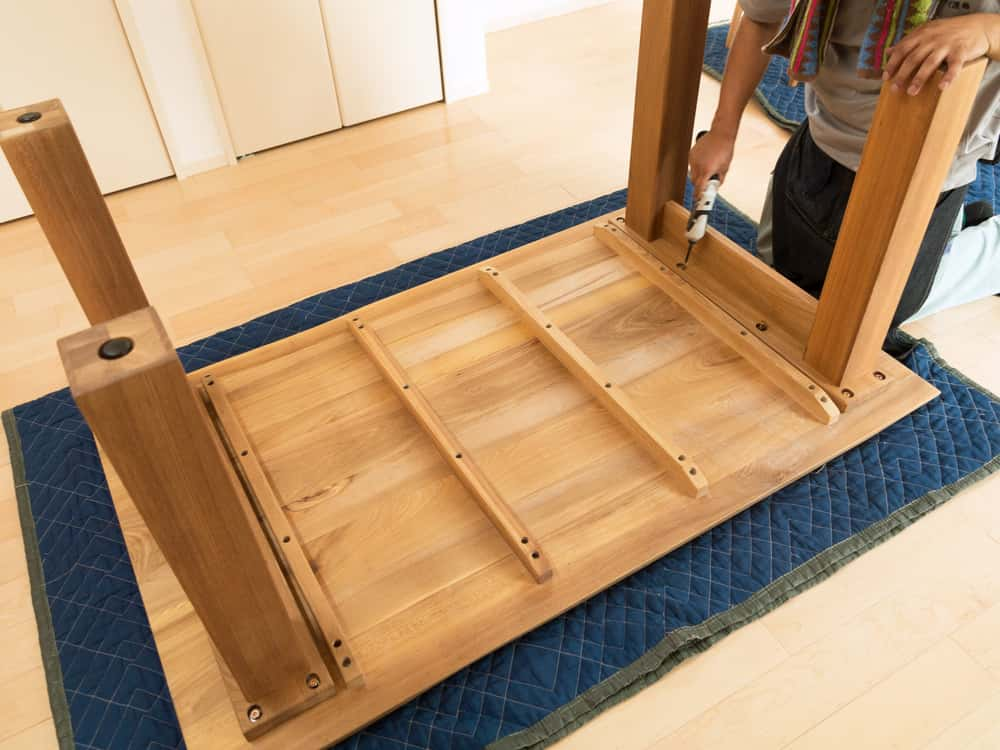
You should be clear about the scope of work – what will be covered and what won’t be before each payment milestone. Interior design firms usually offer all or some of these services:
- Consultation
- Site measurement
- Space planning
- Design concepts
- Purchasing
- Project management
Whatever be the scope, get it in writing.
Installation Costs

If you have budget constraints, put that forth upfront, so that the carpenter or design team can work around that figure in mind.
Ask for a thorough budget and a cost breakdown. Ask if they charge an hourly fee, square footage rate, or a percentage of the total project cost. Once you get a cost estimate, check if it covers
- Square footage
- Material costs
- Labour costs
- Shipping costs, insurance for shipping
- Storage costs
- Any other hidden costs like repairing damages caused during renovation, or even buying furniture or furnishings of the wrong size.
Even if you get an initial budget, be prepared for slight changes to accommodate any of your last-minute needs. For example, unexpected labour, additional wiring changes, buying a new piece of furniture, and so on.
Design Process
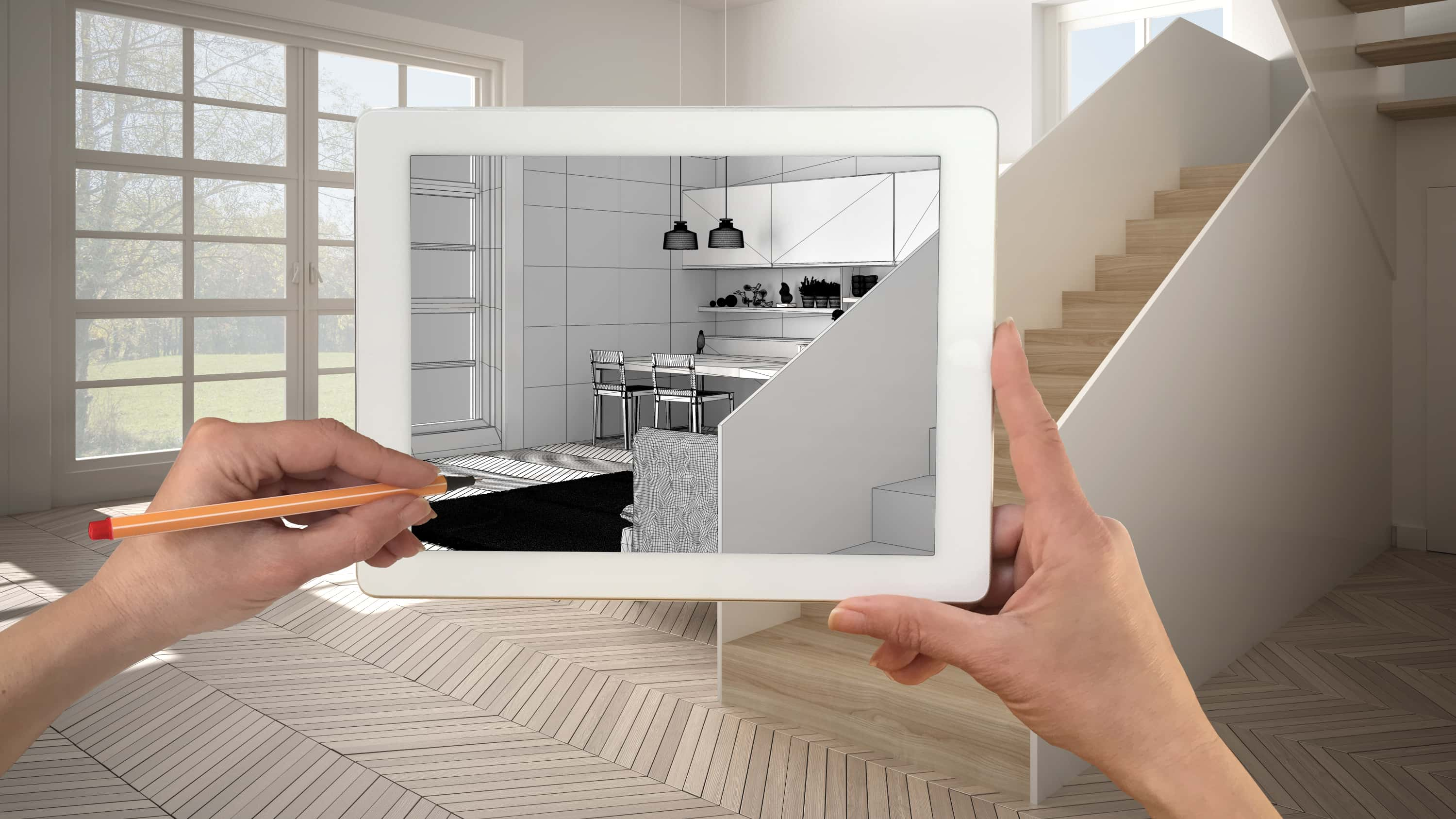
Each designer and carpenter handles projects in their own unique ways. Find out more about their design process.
Make sure the team uses appropriate digital home designing tools, especially for bigger projects like furnishing your entire home. Find out how they manage the procurement phase – place orders and manage them, schedule deliveries, and manage contractors.
Payment Schedule and Terms

You should also be clear of the terms and conditions that they operate with. You must know the payment schedule so that you can mobilize funds on time, and the payment mode. Read the contract and payment schedule thoroughly.
Resource Pool
Make enquiries about:
- The design team, are there enough experts to guide the process?
- Do they have a ready labour pool?
- Do they have strong tie-ups with vendors to source materials and products smoothly?
Post-installation Service
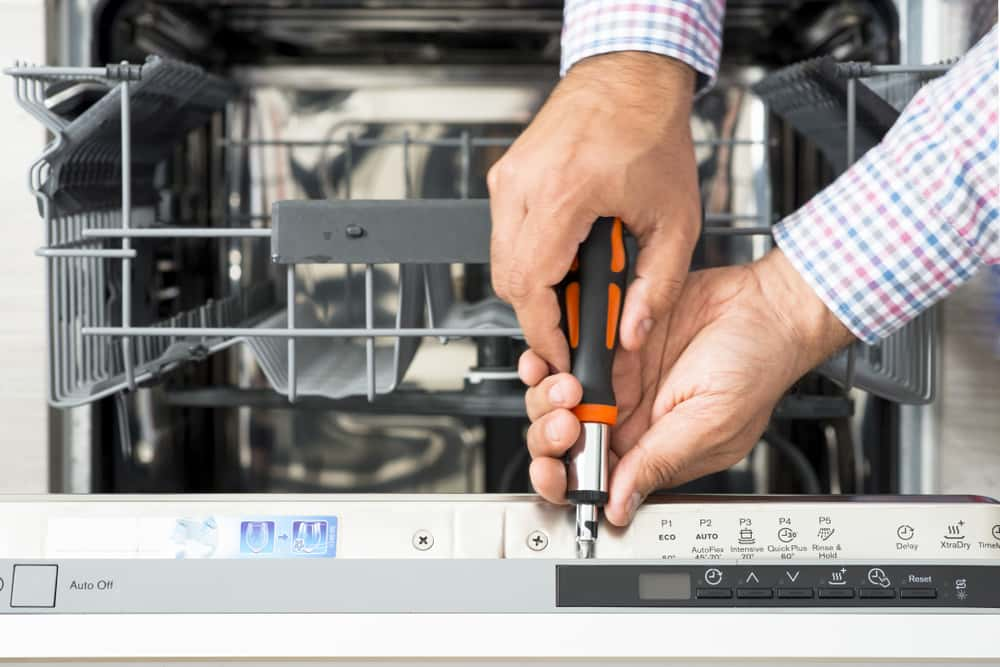
Confirm if the design or carpenter team provides support even after they finish the installation. This will cover any repairs before usage, shipping costs, and so on.
Material Quality and Products Guarantees
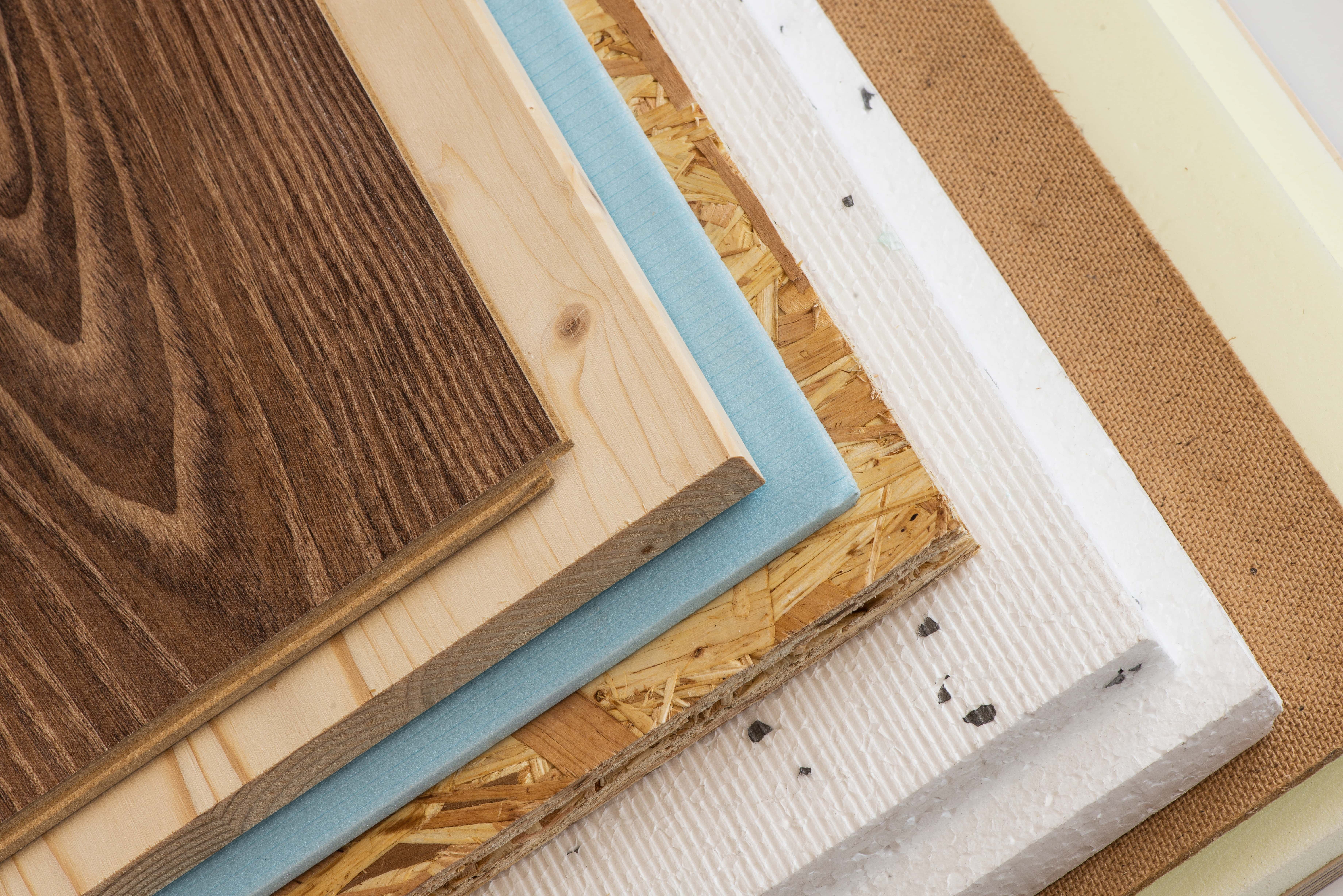
Check on guarantees and warranties. Are warranties offered on the materials used? How long do they last? Get all this documented in the contract.
Consultative Approach
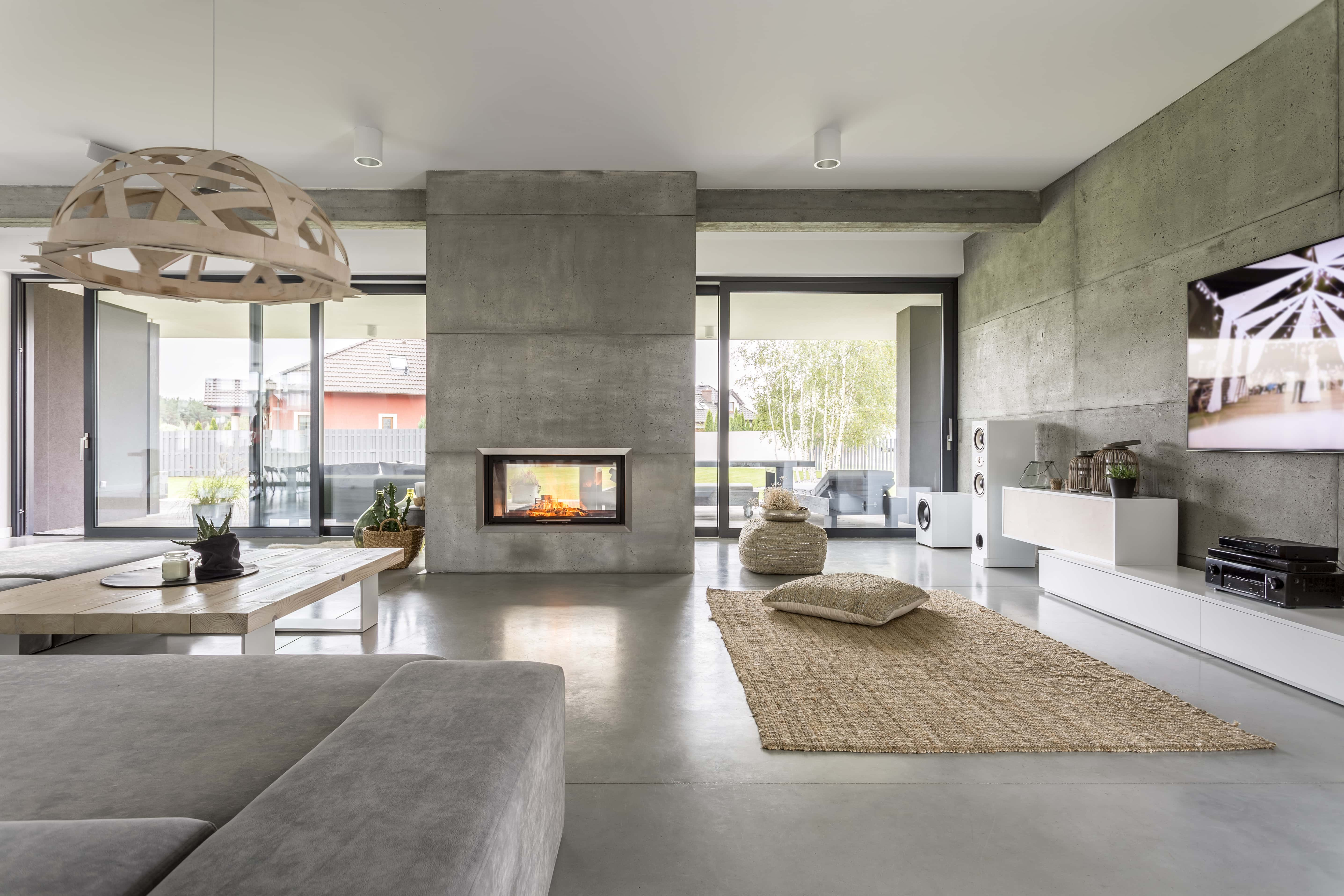 This one is counter-intuitive. Assess them by the way they assess your needs.
This one is counter-intuitive. Assess them by the way they assess your needs.
Make sure the designer or carpenter is open to your ideas and asks questions about your needs and lifestyle. It’s a good sign if they want to know:
- Your likes or dislikes in the space
- How do you want to use the room?
- The colours you like and dislike?
- Your design inspiration
- If you have any furniture pieces or heirlooms you want in the room
- Any style you want to recreate, and so on.
If they aren’t keen to get into such details, you may get a job done, but you won’t get one that’s perfectly customized to suit your lifestyle.
At the end of this discussion, you should get a clear sense of whether the two of you will work well together.
If you want to design your new home or renovate one, contact HomeLane, and shoot away from your queries. We’re here to help!

